Tried and tested: Jeep’s iconic Wrangler keeps on rolling
Jeep Wrangler 80th Anniversary special edition – typically fun, with a refined interior and supreme off-road competence – is a fitting marker of the brand’s ability to survive and thrive
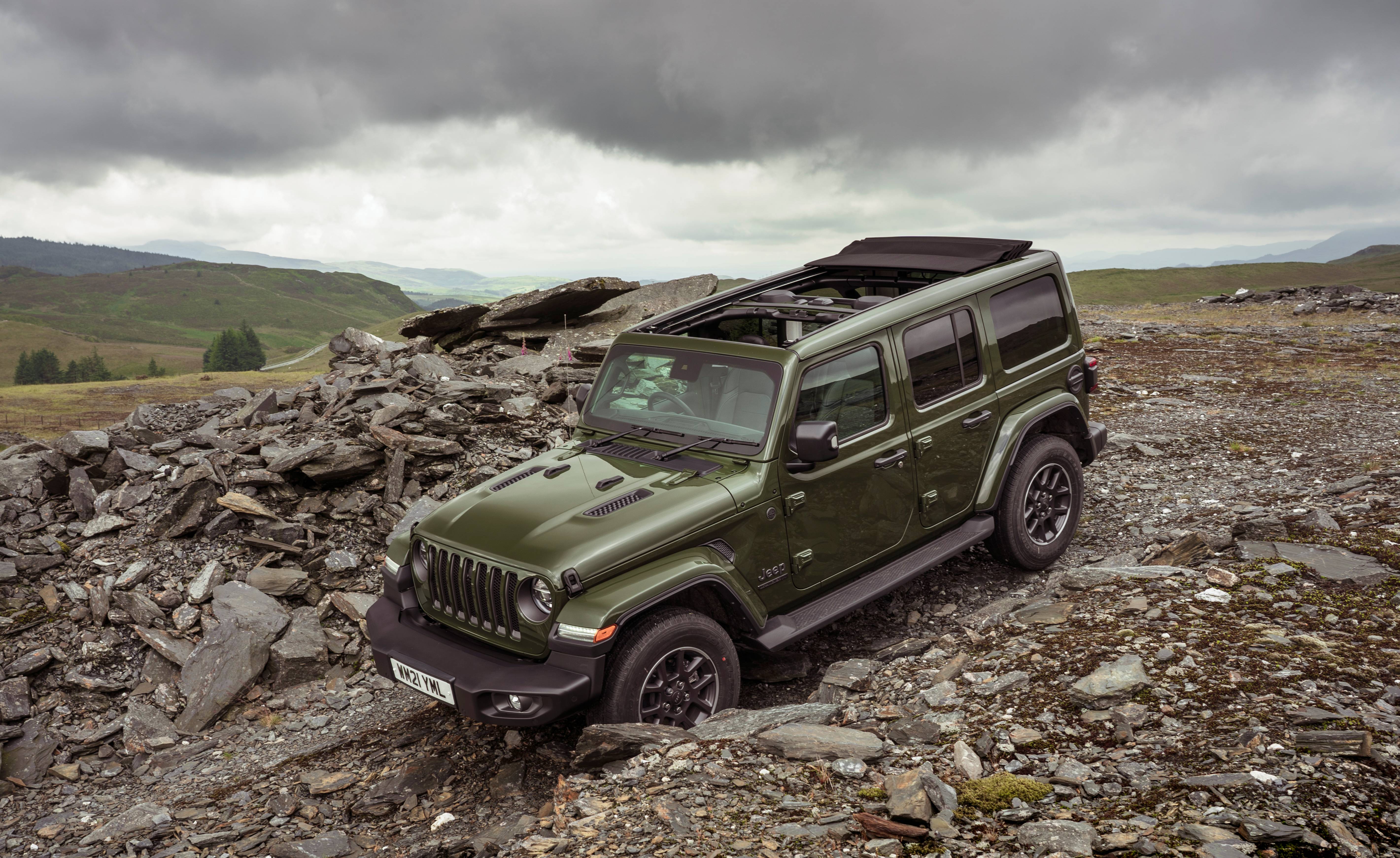
What is the point of Jeep? A self-consciously styled vehicle that makes much of its connection to a piece of Second World War-era military equipment couldn’t be more out of step with the modern era. Yet somehow Jeep survives and even thrives.
Perhaps the ultimate butch brand, Jeep’s origins go back to the 1940s, when John Willys’ company, the Willys–Overland Motor Company, started building the original military Jeep, alongside Ford and the American Bantam company (which also designed the prototypes). More than 650,000 of these light army transports were built before the end of the war. Willys retained the design and technology and attempted to turn the Jeep into a consumer vehicle.
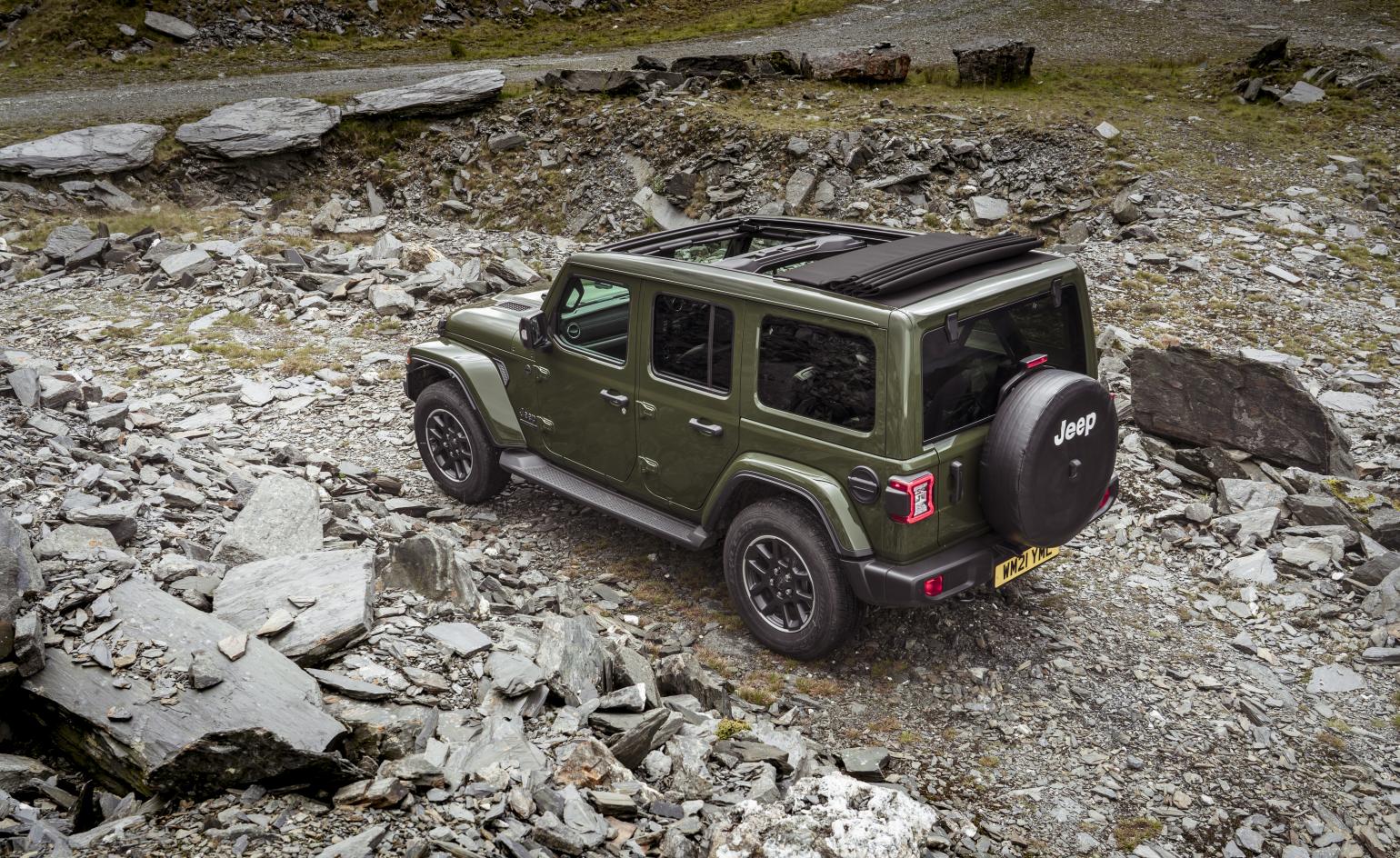
Eventually, the idea took hold, but not before a huge number of imitators had spawned around the world (including the UK’s Land-Rover). War surplus Jeeps also found their way into private hands, helping create the market for tough four-wheel drive vehicles and its underpinnings of macho, military muscle. The company struggled on, even making covered wagon models that can lay a good claim to being amongst the earliest ever SUVs.
Jeep became part of American Motors Corporation in 1970, about the time that its CJ (‘civilian jeep’) models had come to epitomise the Californian ideal of open-air, devil-may-care, go-anywhere motoring, better suited to beaches than battlefronts. The CJ-5 made Jeep fashionable, and it stayed in production for nearly three decades.
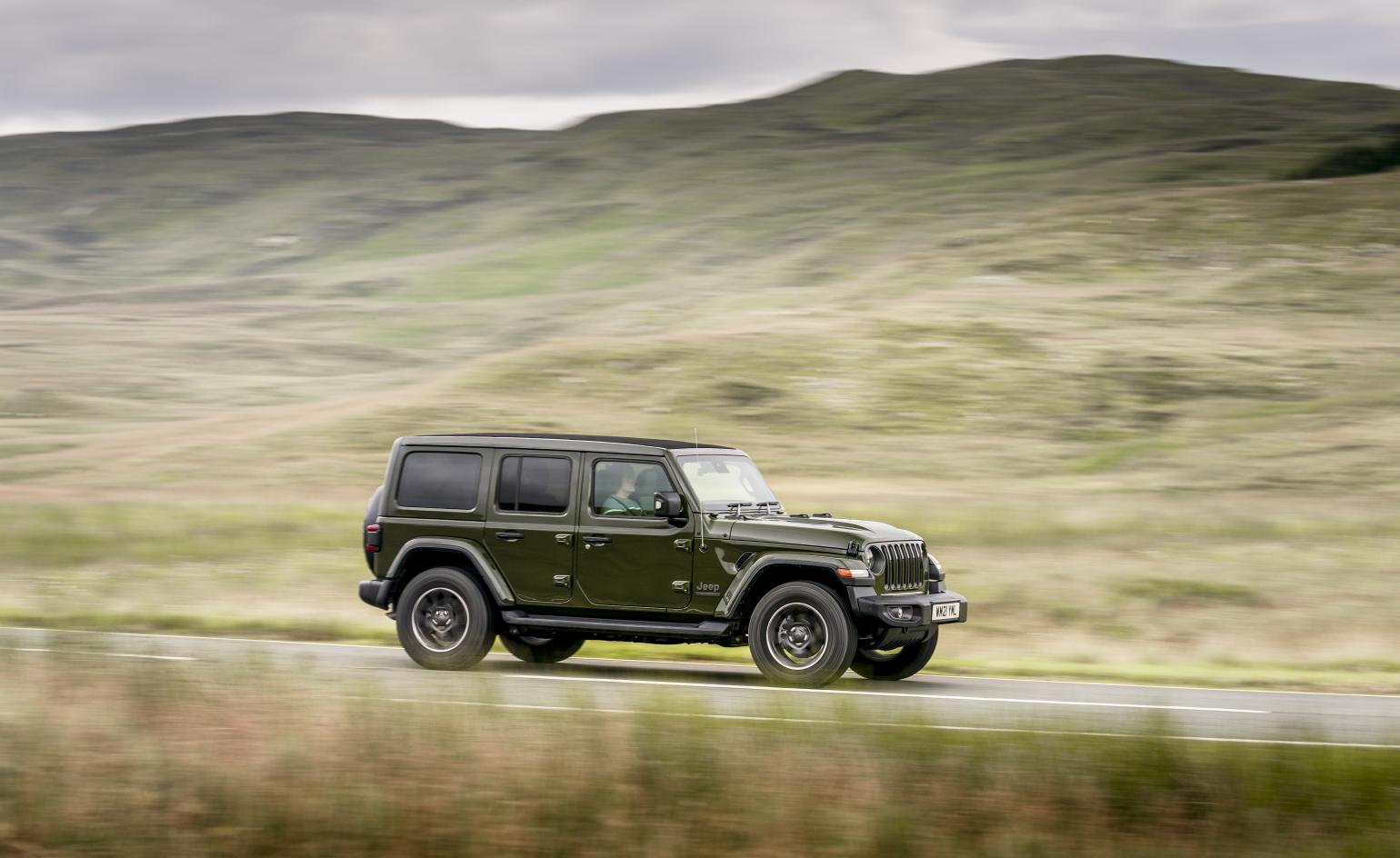
The Jeep Wrangler replaced the venerable CJ series in 1986, sharing the rough and ready mechanical layout of the original vehicle (like a separate body and frame, as opposed to conventional modern ‘monocoque’ construction) with a touch more refinement and better road manners. The Wrangler was still recognisably a ‘Jeep’, with the familiar seven slot grille and round headlights flanked by exposed wheel arches, and the rear-mounted spare tyre.
In 1987, the company name passed next to Chrysler, then into what was then Fiat Chrysler, before becoming part of Stellantis, where it is now an unlikely stablemate to brands like Citroën, Maserati, and Vauxhall.
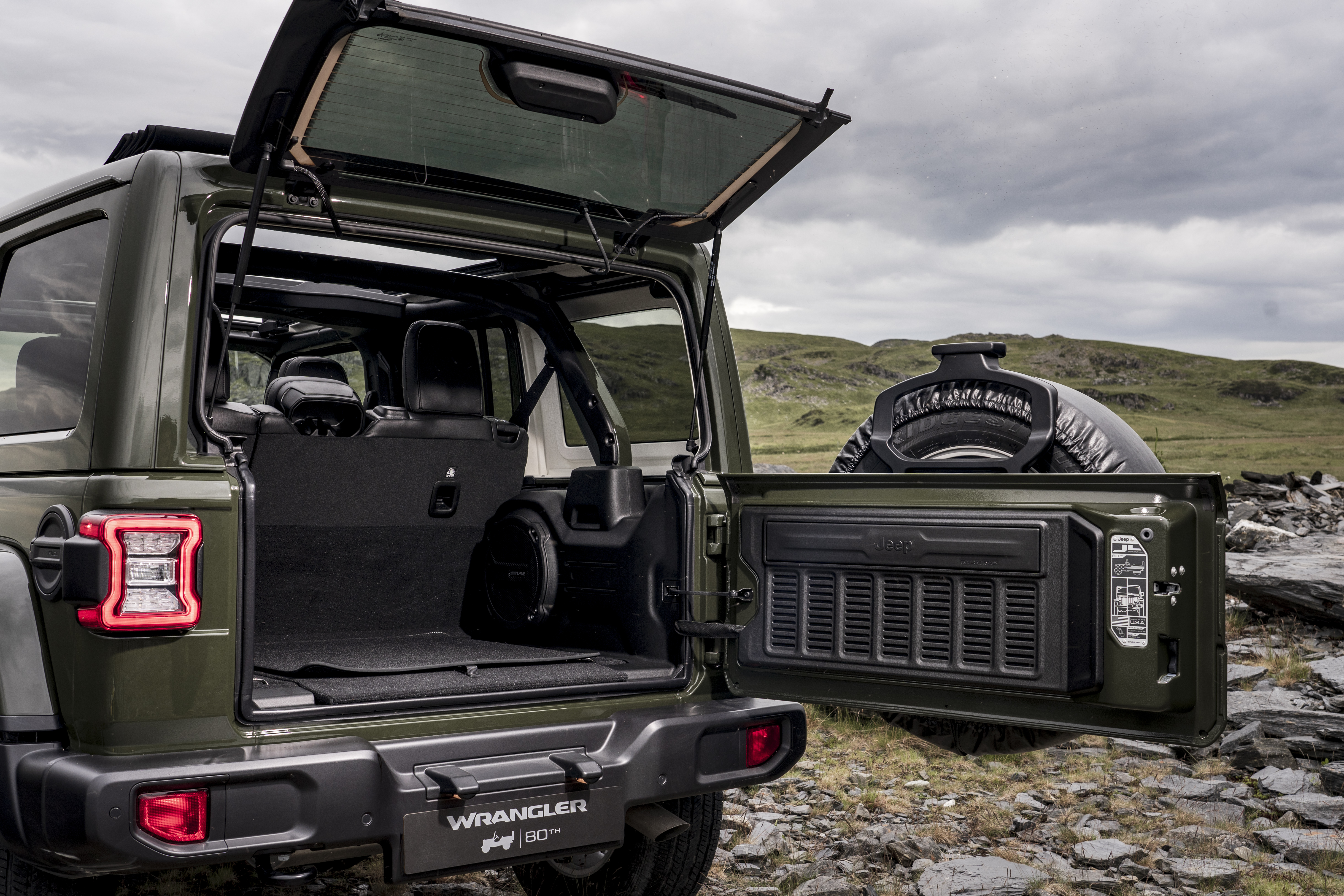
This model is the JL, the fourth generation Wrangler. It’s sold alongside the compact Renegade model (also available as a hybrid) and the more conventionally SUV-like Compass. The US market also gets the Gladiator, a pick-up truck version of the Wrangler, and the substantially larger Grand Cherokee.
Wallpaper* Newsletter
Receive our daily digest of inspiration, escapism and design stories from around the world direct to your inbox.
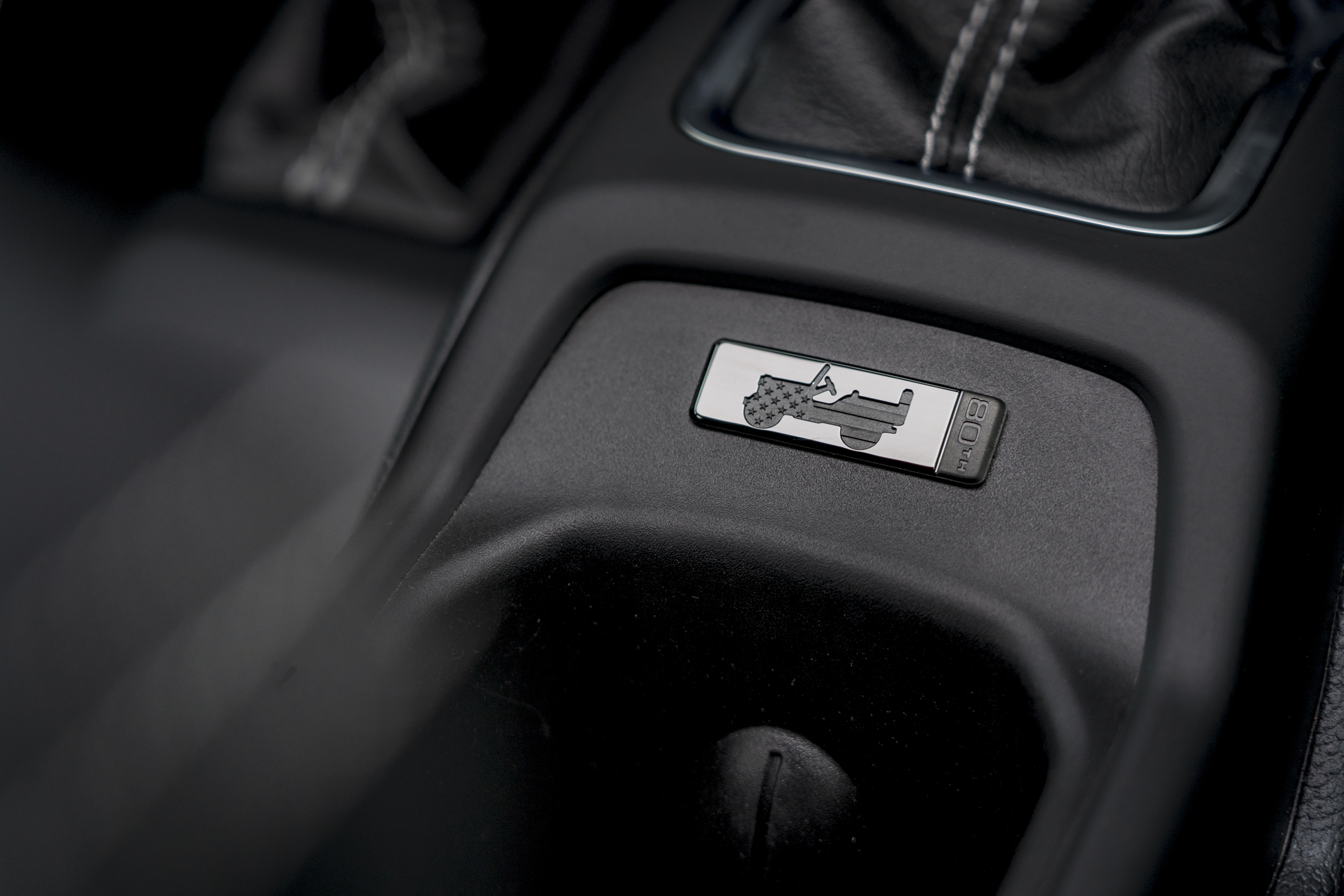
Jeep Wrangler 80th Anniversary edition
The Wrangler debuted back in 2018, but for 2021 a special edition has been created to celebrate 80 years since the original military Jeep. In this era of parametric design and sophisticated simulation, there is no earthly reason for a mobility product to look anything like the Jeep does. It’s a deeply contrived design, with exposed door hinges, big plastic fenders, big grippy tyres, an exposed roll bar and other cod-utilitarian details (the cross pattern on the rear lights is meant to evoke the jerry cans that used to be strapped to the army originals, for example).
And yet it works. Despite being every bit as big and brash as more lifestyle-orientated SUVs, the Wrangler feels friendlier and far less aggressive. It might be overkill for any urban situation, but it’s no more so than countless other makes, and with its electrically operated retractable canvas roof, the Wrangler is also much more fun and far less po-faced. Sure, it’s a statement piece, but the point being made is that you don’t necessarily take yourself too seriously.
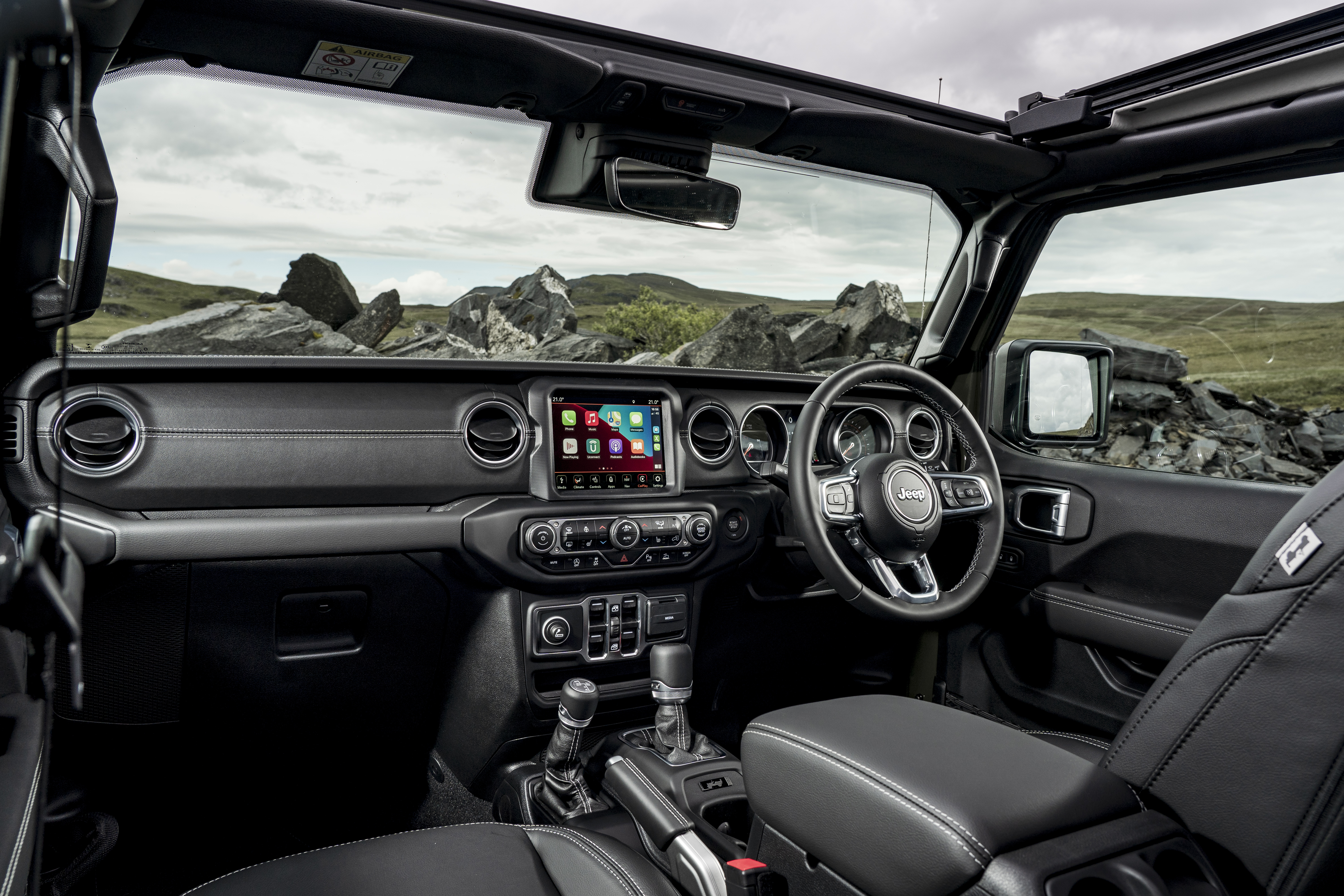
Stray away from city roads and you’ll find the Jeep is a supremely competent off-road machine, complete with things like a low ratio gearbox and locking differentials, as well as impressive ground clearance. All this means you can take the Wrangler pretty much anywhere, as well as tow whatever you like.
The practical four-door model might not be massively spacious, but the interior is well appointed, with lots of storage cubby holes and power outputs, and even a proper touchscreen entertainment and info system. It feels a bit unrefined on the road, and those big tyres have a habit of wandering, but the flat windscreen, excellent visibility and comfortable seats make it a great place to be.
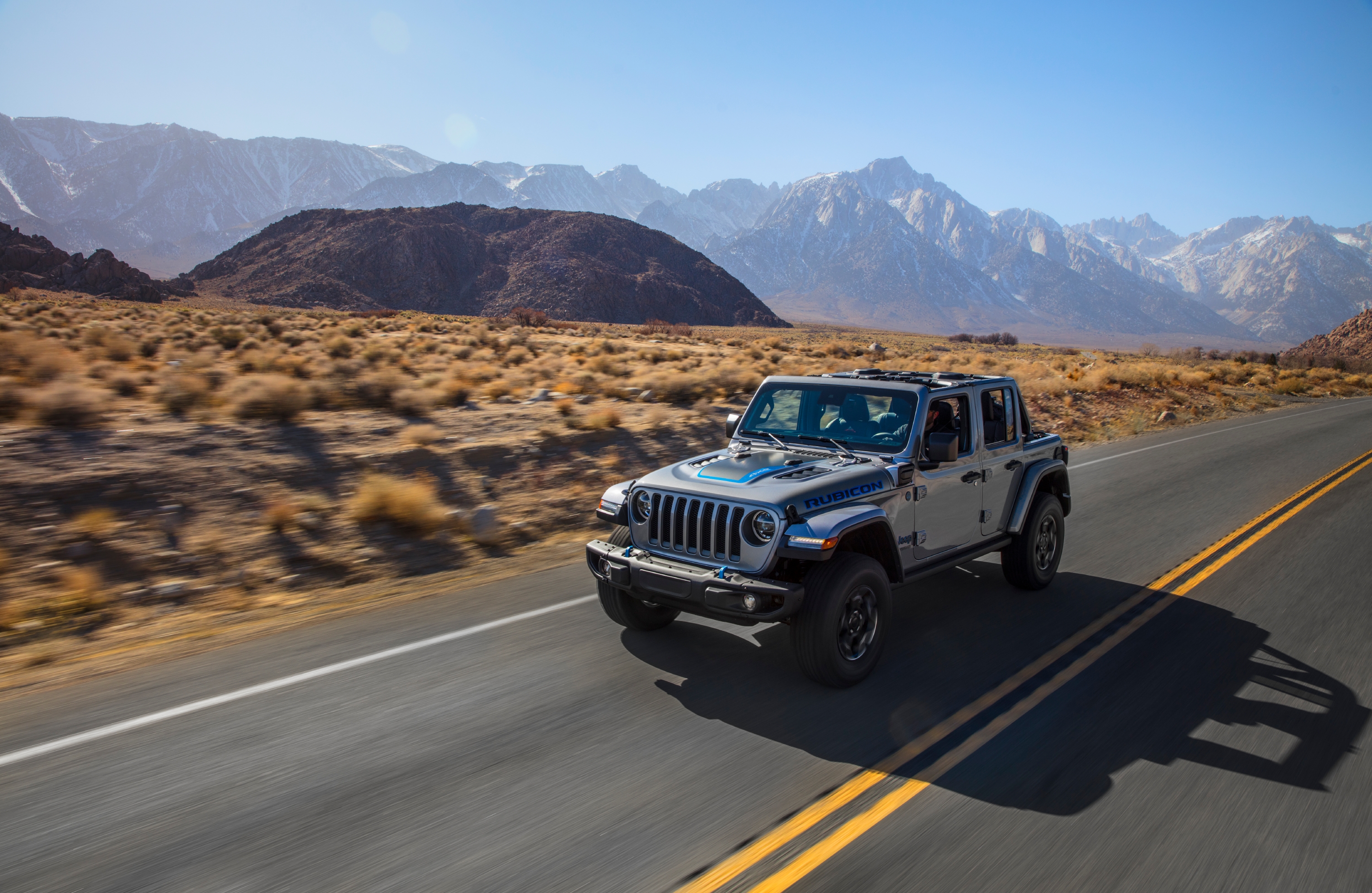
Coming soon: the Jeep Wrangler 4xe Rubicon plug-in hybrid
Stellantis still has a bit of a mountain to climb to demonstrate its aptitude at brand stewardship. In comparison to a stablemate like Maserati, Jeep might not seem terrifically sophisticated, yet it’s all the better for it. The newly launched Wrangler 4xe hybrid model hasn’t arrived in Europe yet, but when it does it will represent the first step on Jeep’s path to electrification. Admiration for electric off-road vehicles is growing fast, even amongst the notoriously traditional 4x4 community (even the infamous Hummer brand is being relaunched as a pure electric vehicle by General Motors).
Will an electric Jeep change the icon’s character? There aren’t many octogenarian automobiles out there. But if Jeep can keep a grip on the chunky sincerity the Wrangler does so well, it will survive into the electric era. It might even become the first car model to celebrate its century.
INFORMATION
Jeep Wrangler 80th Anniversary, from £54,450
Also see our Jeep Wrangler Rubicon review
Jonathan Bell has written for Wallpaper* magazine since 1999, covering everything from architecture and transport design to books, tech and graphic design. He is now the magazine’s Transport and Technology Editor. Jonathan has written and edited 15 books, including Concept Car Design, 21st Century House, and The New Modern House. He is also the host of Wallpaper’s first podcast.
-
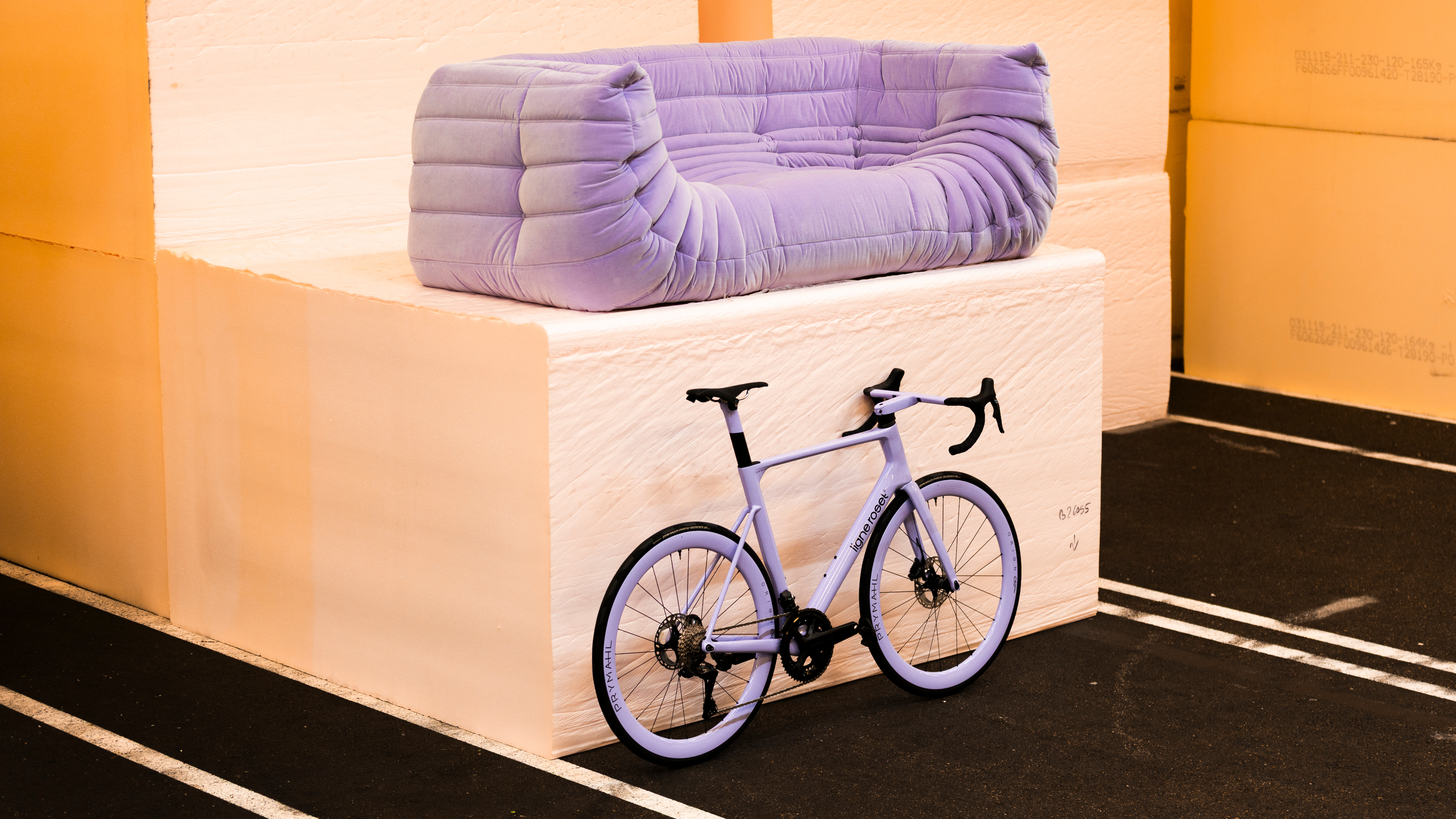 Ligne Roset teams up with Origine to create an ultra-limited-edition bike
Ligne Roset teams up with Origine to create an ultra-limited-edition bikeThe Ligne Roset x Origine bike marks the first venture from this collaboration between two major French manufacturers, each a leader in its field
By Jonathan Bell
-
 The Subaru Forester is the definition of unpretentious automotive design
The Subaru Forester is the definition of unpretentious automotive designIt’s not exactly king of the crossovers, but the Subaru Forester e-Boxer is reliable, practical and great for keeping a low profile
By Jonathan Bell
-
 Sotheby’s is auctioning a rare Frank Lloyd Wright lamp – and it could fetch $5 million
Sotheby’s is auctioning a rare Frank Lloyd Wright lamp – and it could fetch $5 millionThe architect's ‘Double-Pedestal’ lamp, which was designed for the Dana House in 1903, is hitting the auction block 13 May at Sotheby's.
By Anna Solomon
-
 Peugeot’s sparky 308 gets hybrid power and handsome lines
Peugeot’s sparky 308 gets hybrid power and handsome linesThe Peugeot 308 proves that mass-market design needn’t be dull, blending hybrid power with sharp lines and excellent detailing
By Jonathan Bell
-
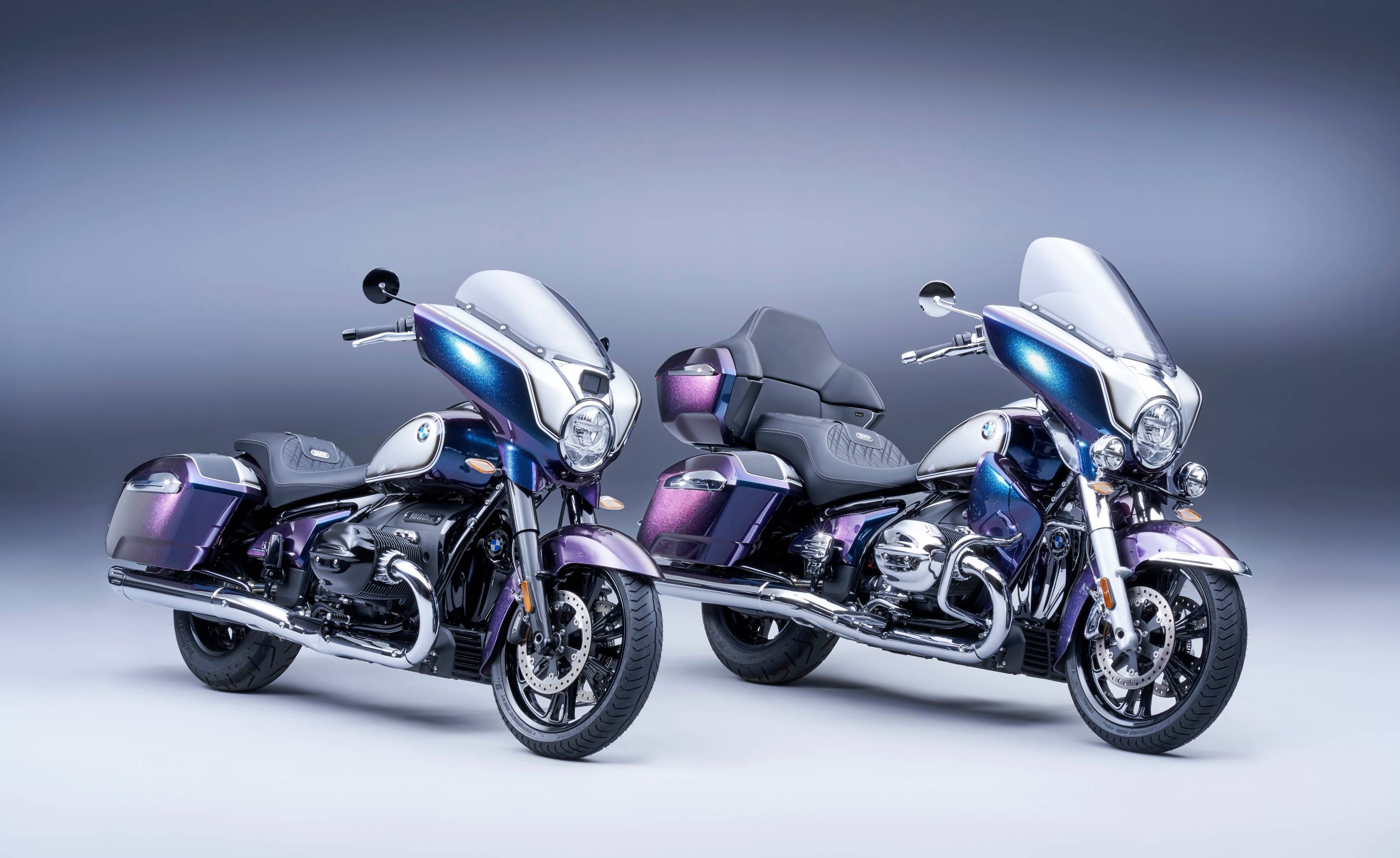 BMW Motorrad brings out the big guns for its newest cruisers
BMW Motorrad brings out the big guns for its newest cruisersBMW Motorrad R 18 Bagger and Transcontinental set the tone for high-voltage cruising with a brand collaboration with speaker specialist Marshall
By George Chapman
-
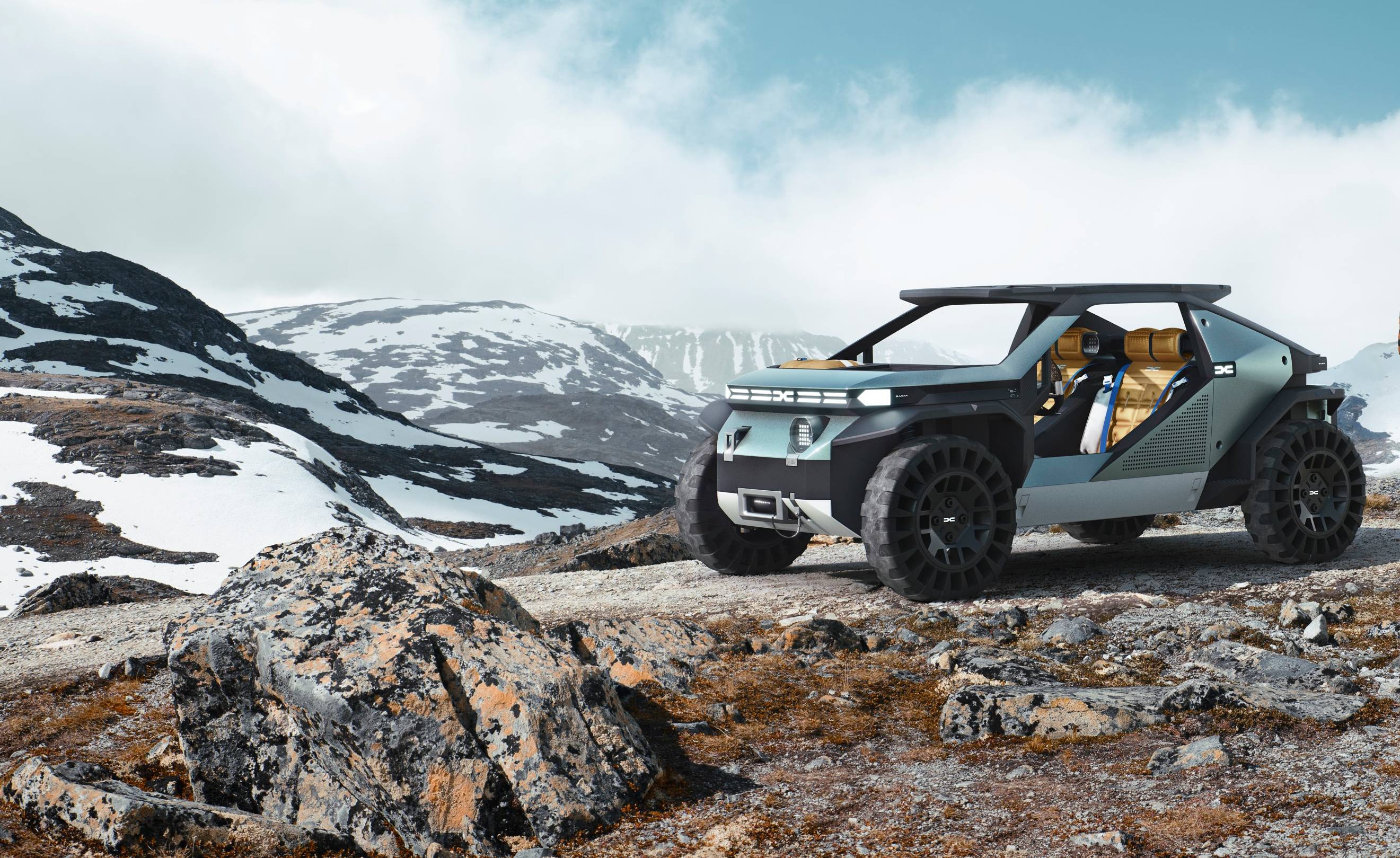 Dacia’s new Manifesto concept is a true outdoor utility vehicle
Dacia’s new Manifesto concept is a true outdoor utility vehicleUtilitarian auto brand Dacia sets a bold new agenda with its Manifesto, a concept car pitched at the active outdoor market
By Jonathan Bell
-
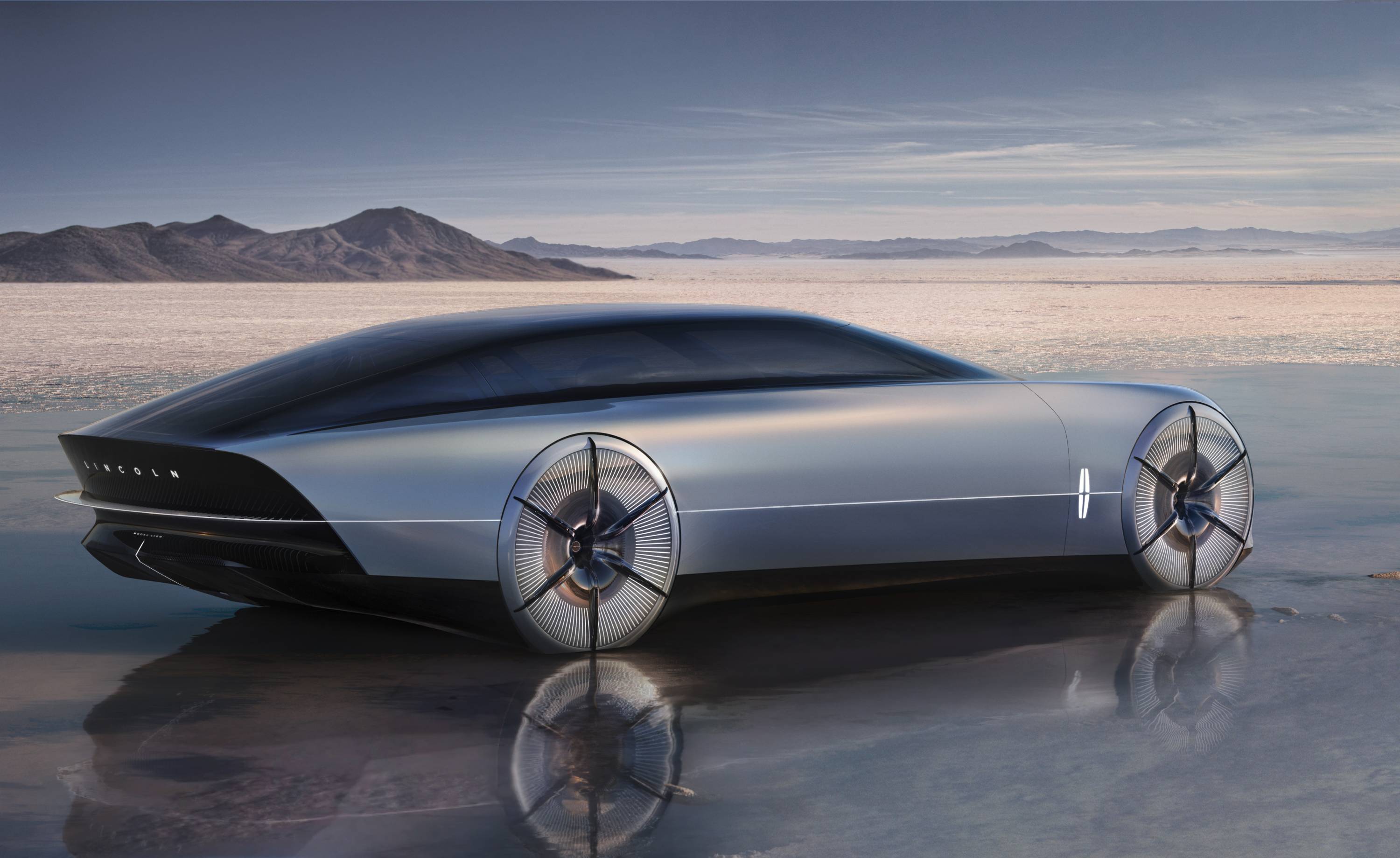 The sun sets on traditional supercars at California’s Monterey Car Week
The sun sets on traditional supercars at California’s Monterey Car WeekMonterey Car Week, the world’s most prestigious car gathering, is showcasing ever-more extravagant special editions, coachbuilt cars and all-new electric concepts. Here are seven key machines from 2022
By Rory FH Smith
-
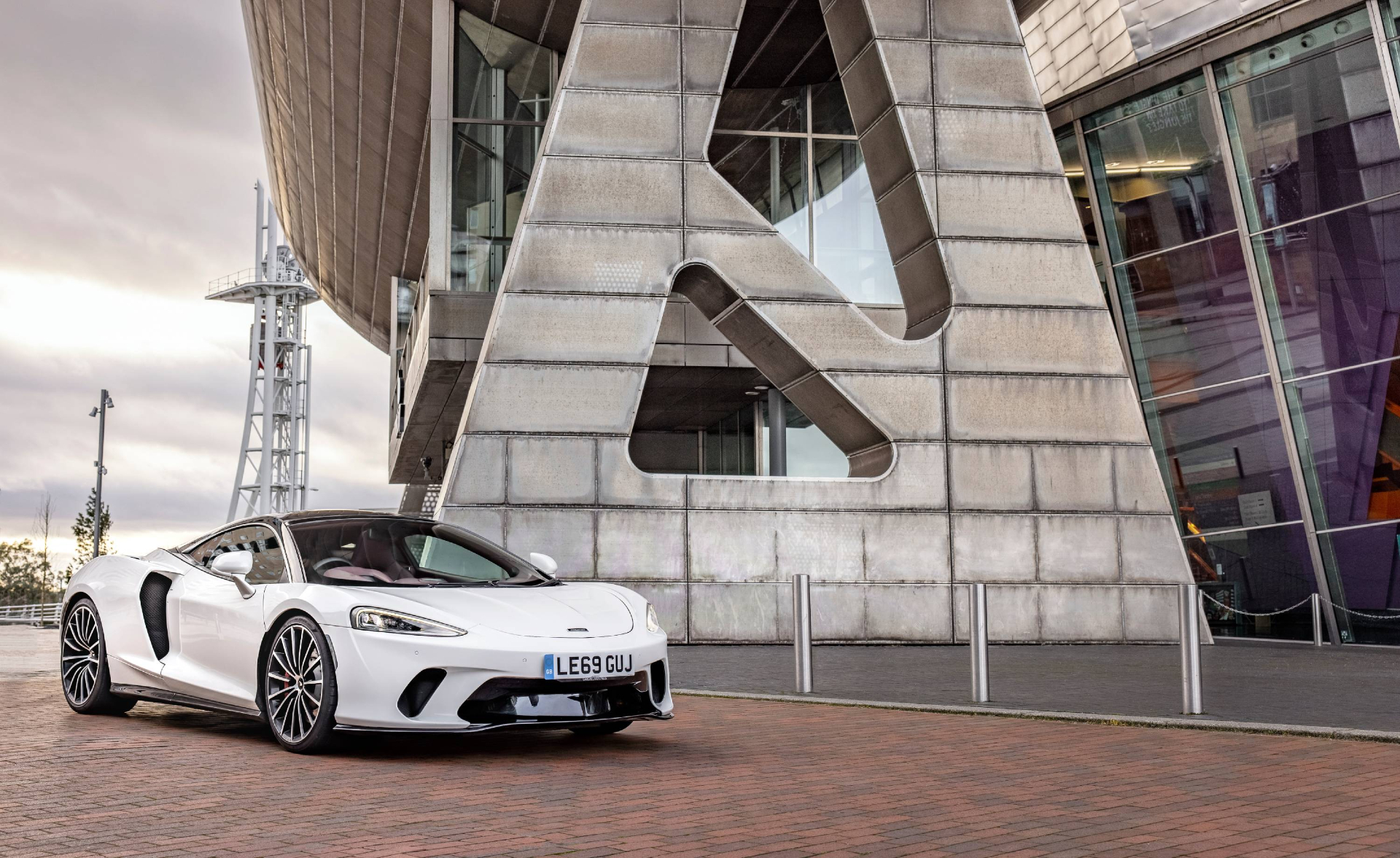 Is McLaren’s GT a sports car, a tourer, or the best of both?
Is McLaren’s GT a sports car, a tourer, or the best of both?The McLaren GT is a capable all-rounder dressed up in svelte supercar clothes. It might also be the last of its type
By Jonathan Bell
-
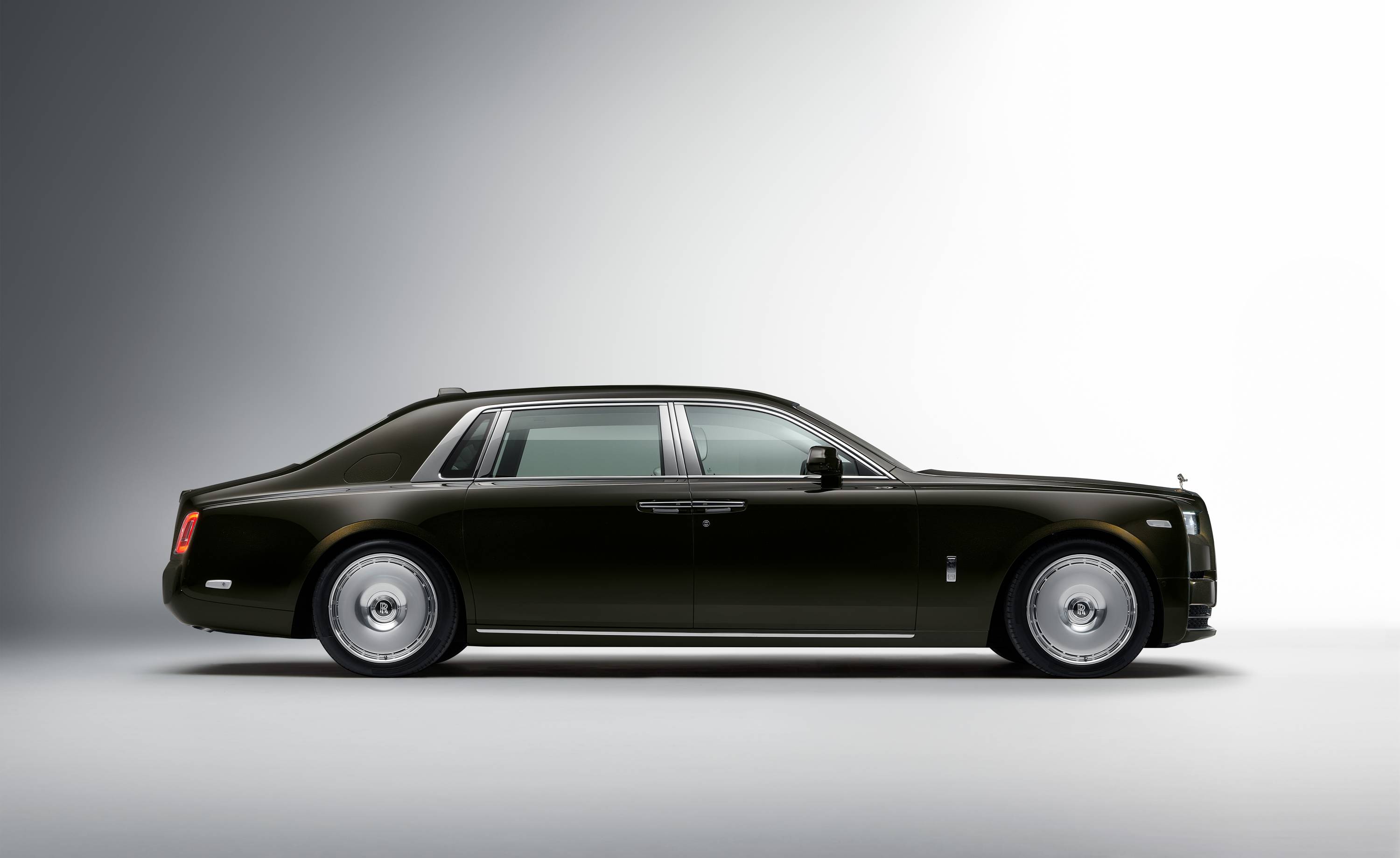 Rolls-Royce puts the Phantom back on its lofty pedestal
Rolls-Royce puts the Phantom back on its lofty pedestalA mid-life refresh ensures the flagship Rolls-Royce Phantom Series II is at the top of its game, a last hurrah for traditional engines before an electrified future
By Jonathan Bell
-
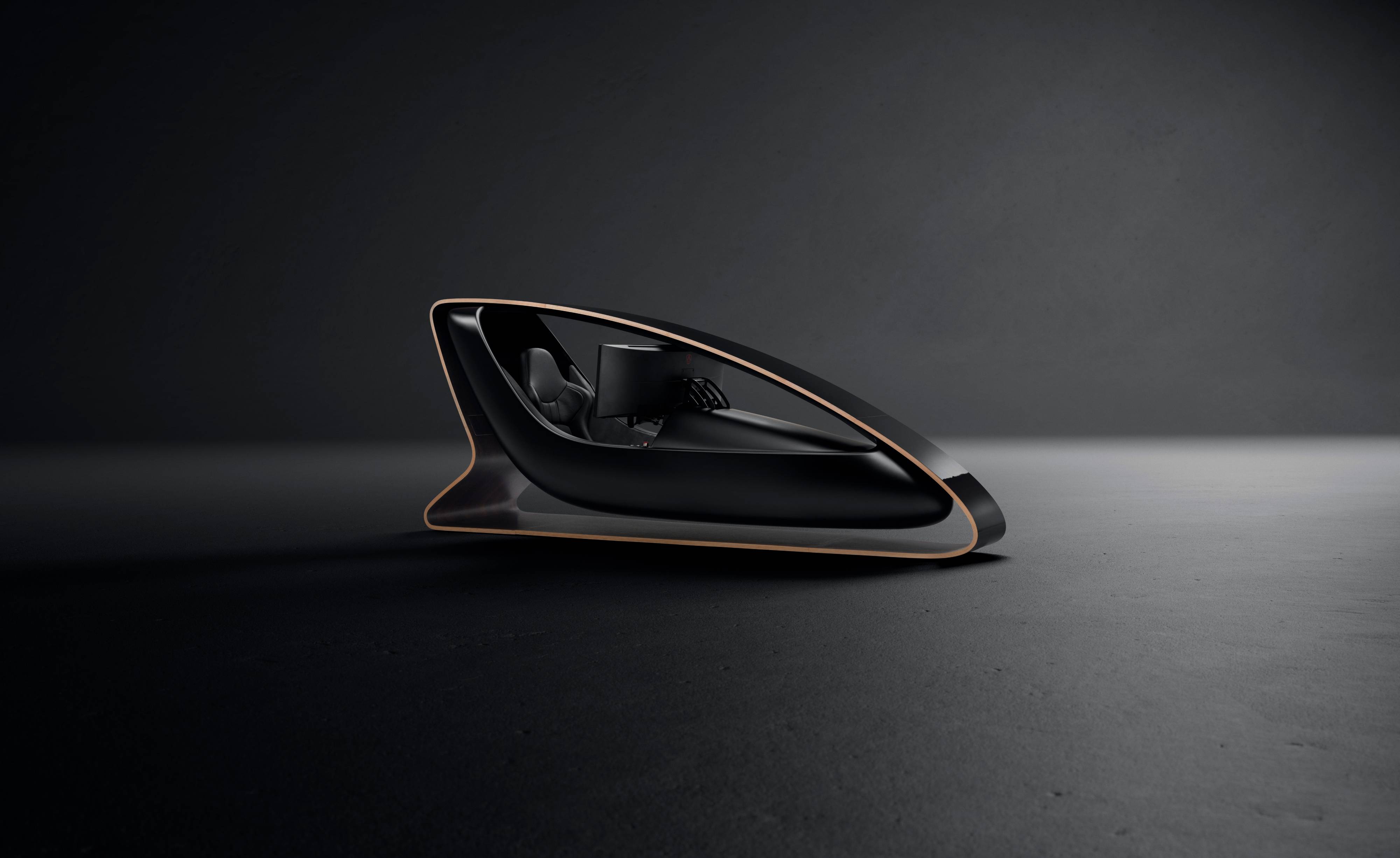 Prodrive’s new racing simulator is shaped by Callum to be front of the grid
Prodrive’s new racing simulator is shaped by Callum to be front of the gridThe racing simulator shapes up – this new design from Prodrive and Callum is honed for the high-end games room
By Jonathan Bell
-
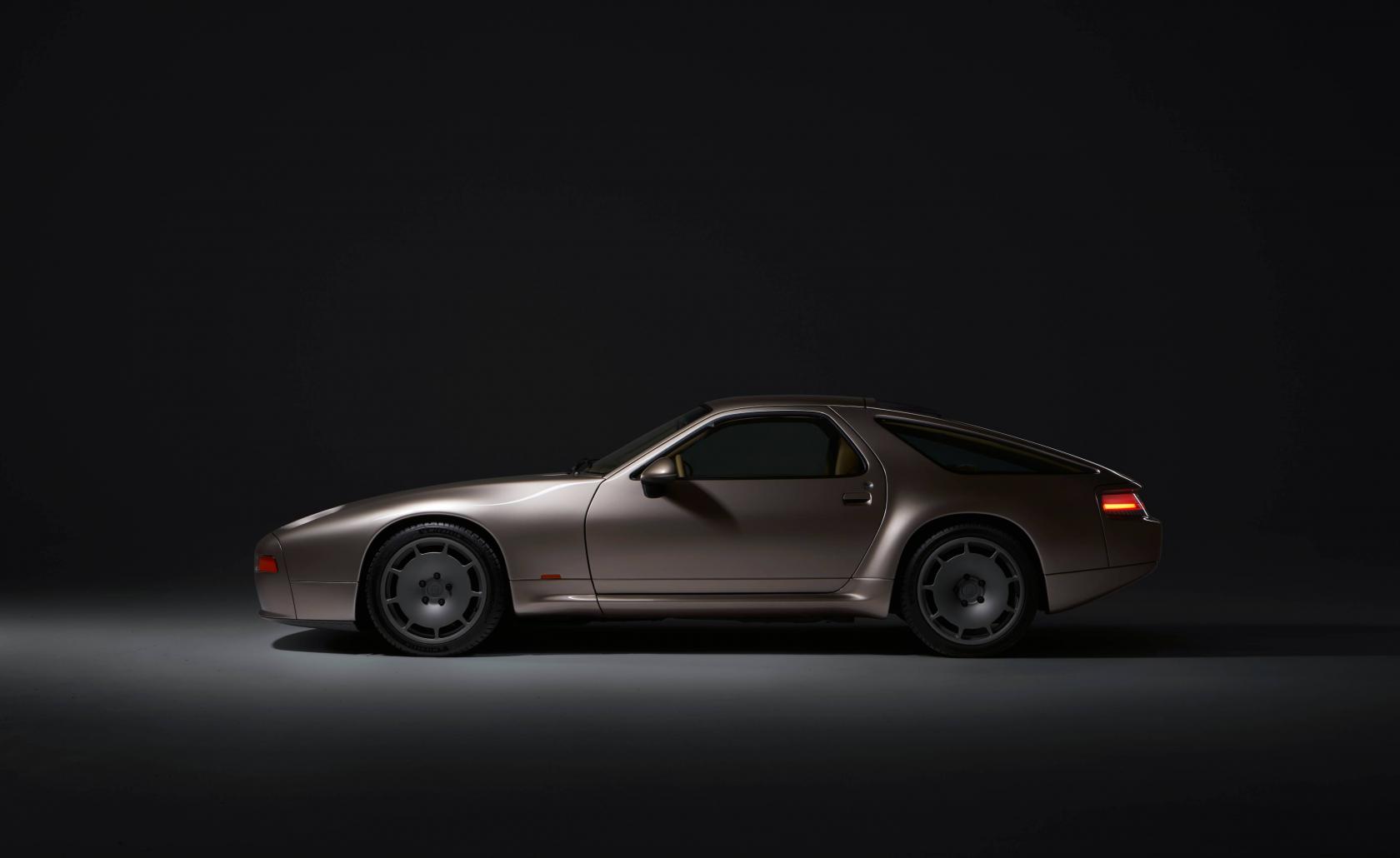 928 by Nardone Automotive: a restomod Porsche with Gallic verve and Italian style
928 by Nardone Automotive: a restomod Porsche with Gallic verve and Italian style928 by Nardone Automotive is a gracefully modernised version of Porsche’s endearingly different 928
By Jonathan Bell